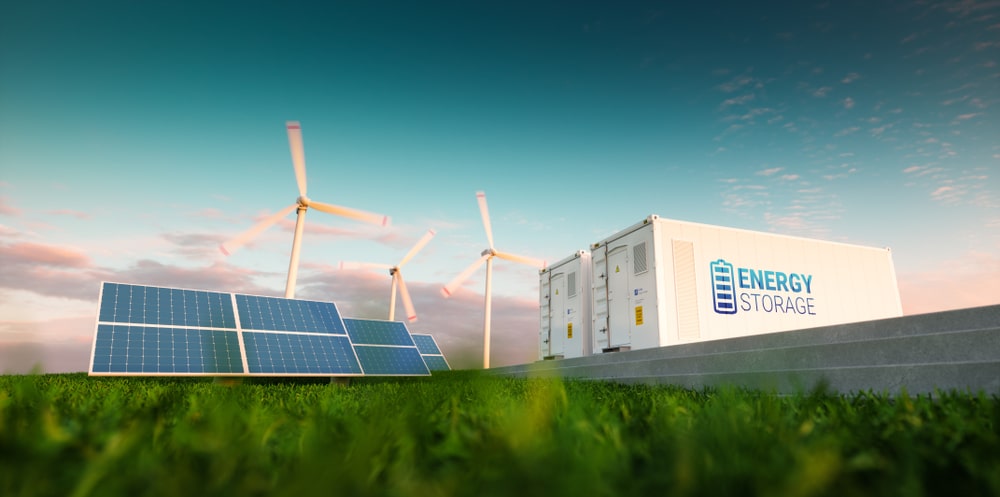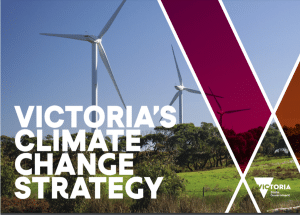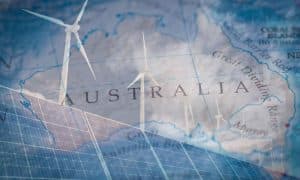By 2035, the Victorian government announced that their new energy storage targets would attract investments totalling $1.7 billion and generate 12,700 two year jobs. Targets include batteries, hydroelectricity, and hydrogen technologies for short-term and long-term storage systems to support Victoria’s transition to renewable energy. The Victorian government revealed its intention to legislate what it claims would be Australia’s most prominent energy storage targets in Australia.
Victorian Premier Daniel Andrews and Minister for Energy Lily D’Ambrosio, said last September 27 that the Victorian government committed to investing the renewable energy storage in Australia, stating that they will be able to provide electricity to roughly half of the state’s current residents during times of peak demand.
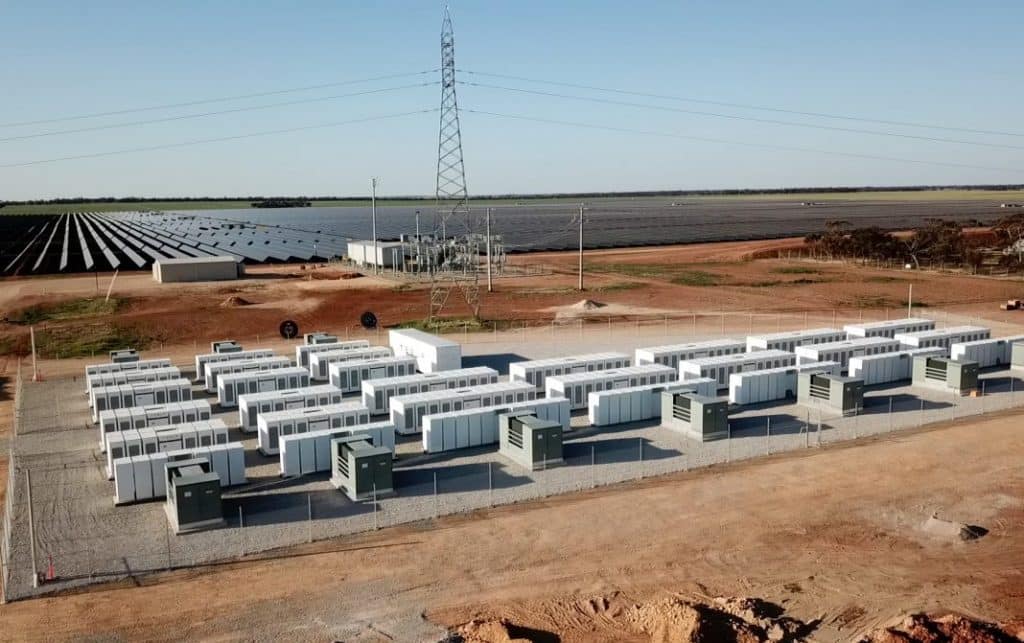
Key information about Victoria’s targets
Victoria’s energy storage targets:
- at least 2.6 GW of energy storage capacity by 2030
- at least 6.3 GW by 2035
Renewable energy targets:
- 25% by 2020 (achieved)
- 40% by 2025
- 50% by 2030
- create investment in new renewable energy projects in Victoria
- support the reliability of Victoria’s electricity supply
- create thousands of jobs
- put downward pressure on electricity prices
- reduce emissions from electricity generation
The end is nearing for coal energy in Victoria
It was recently announced, and according to a statement made on ASX by AGL Energy, the Loy Yan A power station in Victoria’s Latrobe Valley will close ten years sooner than anticipated. By 2035, the company wants to stop using coal. Read our AGL Is Phasing Out Coal A Decade Sooner – By 2035 article for more details.
The announcement of energy storage targets is welcomed by the Clean Energy Council as both a benefit for investors and the most recent acknowledgement of the need to speed the state’s transition away from coal.
Clean Energy Council chief Kane Thornton said, “The significant jump in storage planned between 2030 and 2035 is the latest recognition that Victoria’s remaining coal generators are unlikely to last beyond 2030.”
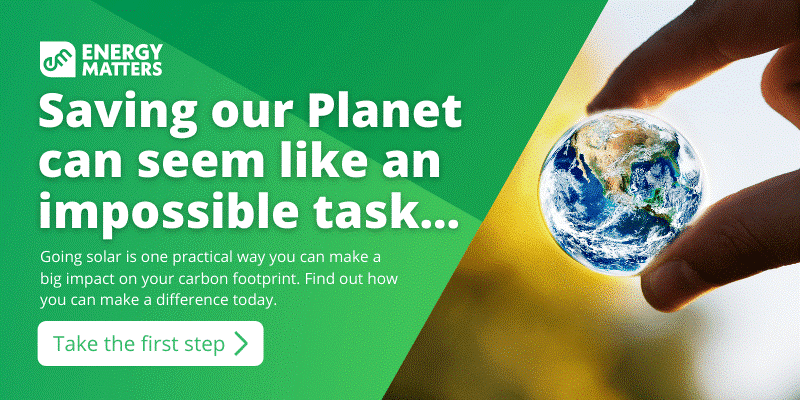
Two new big batteries
Koorangie Energy Storage System (KESS) in Murray renewable energy zone
The Victorian government announced that on Yorta Yorta land, a Murray Renewable Energy Zone, between Bendigo and Red Cliffs in the state’s north-west, Edify Energy is installing the 125MW/250MWh Koorangie Energy Storage System (KESS) and grid-forming inverter. The state government’s Renewable Energy Zone Fund will provide $119 million for the project. The Koorangie Energy Storage System (KESS) is a new lithium-ion battery connected to AusNet’s 220kV transmission network in the Gannawarra Shire Council.
Terang’s battery storage will use a grid forming inverter
In addition, the state’s Energy Innovation Fund will provide $7 million in finance for one of those big battery projects, a 100MW/200MWh battery with grid forming inverter in Terang operated by FRV. After a minor installation at the 5MW Dalby hybrid solar farm, FRV states that the Terang lithium-ion battery is the second lithium-ion battery it has built.
Energy Matters has a nationwide network of trusted local installers ready to provide you with up to 3 Free Solar Quotes. Complete our quick quiz and begin your solar journey today!
Development of Victoria’s batteries so far
Apart from the two new big batteries, the 300 MW Victorian Big Battery, owned by Neoen, is already located in Moorabool Terminal Station, outside Geelong, Victoria. One of the largest batteries in the world is being delivered by Neoen in partnership with Tesla and network partner AusNet Services. Learn more about how Tesla Powerwall 2 can help you move towards energy independence.
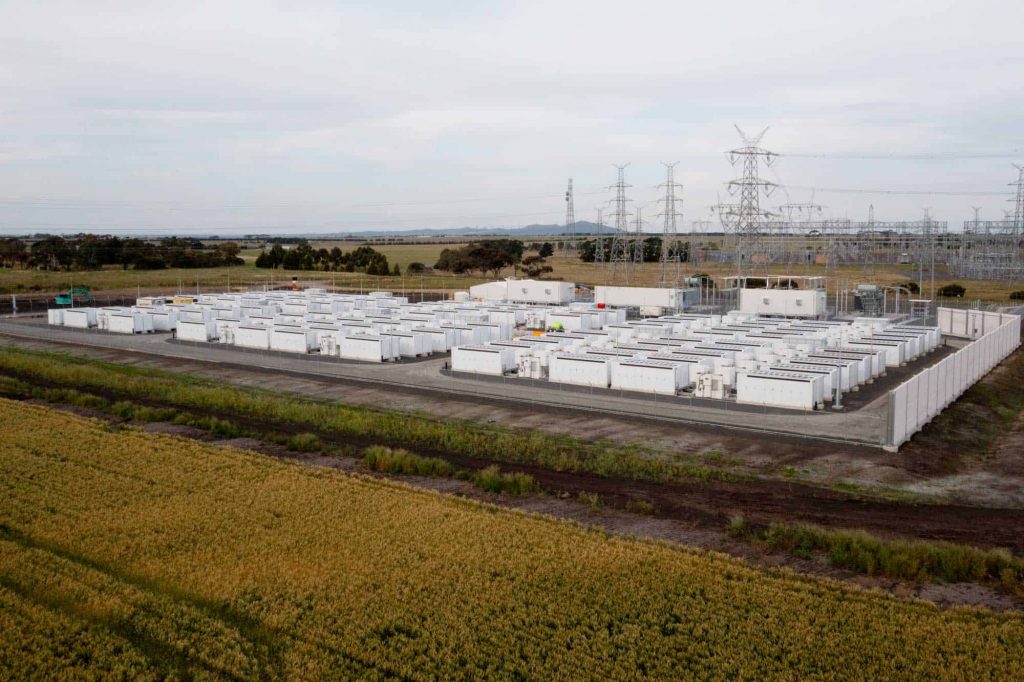
Renewable energy developer Maoneng is also setting out an additional 240MW/480MWh Battery Energy Storage System (BESS) proposal for the Mornington Peninsula. The BESS will help the Victorian Government enhance regional electricity reliability in a region particularly vulnerable to demand fluctuations, primarily due to seasonal tourism.
Energy storage via a solar battery is great if you want to make the most of your high-value solar PV system. Energy Matters can help you make an informed decision with our Solar Power and Battery Storage Calculator.
Renewable hydrogen using recycled water
In anticipation of Yarra Valley Water’s successful pilot testing, the Victorian Government has allocated $11.9 million from Round 2 of the Energy Innovation Fund to build a permanent renewable hydrogen facility in Victoria (Aurora “Hydrogen-Gen 1).
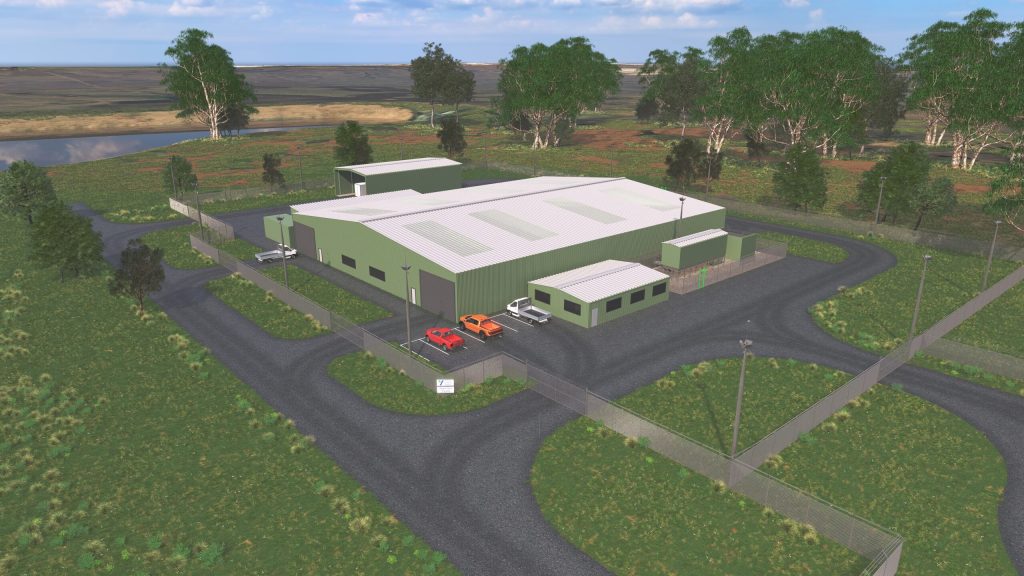
According to Yarra Valley Water’s Managing Director Pat McCafferty, the studies at the Aurora treatment plant are intended to determine whether building a “green” renewable hydrogen facility in Melbourne‘s north is feasible.
Before building a larger-scale plant with funding from the Victorian Government, trials will be conducted to evaluate the performance of a high-tech electrolyser produced in Victoria. It is anticipated that Hydro-Gen 1 will provide 10 FTE construction jobs and 4 FTE permanent employment.
The Aurora treatment facility will combine renewable energy from an organic waste-to-energy facility with recycled water from a sewage treatment facility to create hydrogen.
“This is an exciting development in our journey towards a carbon-free future and delivering our purpose to create a brighter future for communities and the natural environment.”, McCafferty said.
“Renewable hydrogen will play a crucial role in Victoria’s low carbon transition, providing carbon-free gas for use in homes and businesses while also supporting the renewable electricity transition. Yarra Valley’s renewable hydrogen project is an excellent demonstration of this low-carbon future and shows the very important role water businesses will likely play in the energy transition. It is a fantastic initiative that we are proud to support.”
What does an electrolyser do?
Since hydrogen is the most abundant element in the world, it can serve as the ideal fuel. However, this is not the only factor at play; water vapour rather than carbon dioxide is created when hydrogen is consumed. By doing this, it would significantly cut down on the emissions that cause the greenhouse effect.
The challenge is that electrical energy is required to produce hydrogen; emissions would be generated if this energy were derived from fossil fuels. In contrast, “green hydrogen” production relies on renewable energy sources to power the electrolysis procedure, which creates hydrogen from water. An electrolyser is a device in charge of this procedure.









